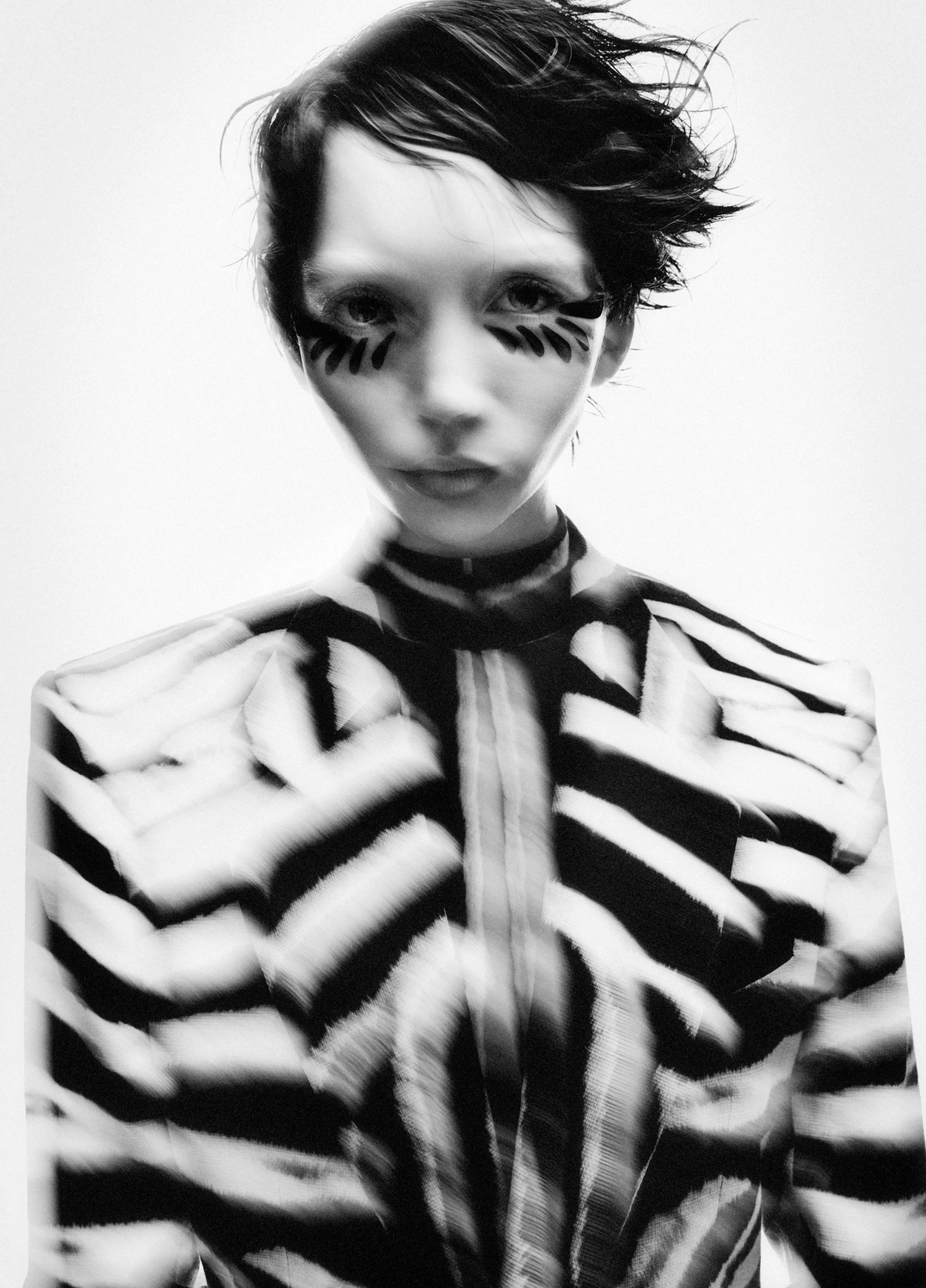Parallel Lines: Danilo Falà & Federica Trotta Mureau
© Greg Kadel The Crying Machine
Federica Belli The language of photography is still among the most contemporary ones, despite the growing diffusion of other digital arts. Which forms of photography do you find particularly exciting in our time?
Danilo Falà We both have been teaching semiology and iconography of the image for over ten years. Today photography is the most relevant language among all our expressive forms. What really fascinates us in such sphere are the main differences between the media photography interacts with, on which we can read and analyse the smallest nuances and feels. After all, however, each type of image remains stimulating in its way: despite its form or medium, conveying an emotions still play the most central role.
F.B. As Editors of MIA Le Journal you combine your vision as visual artists with the artistic direction of other photographers. According to which criteria do you take care of the photography for an editorial or do you delegate it to other artists?
D.F. Mia Le Journal has been created with one main objective: representing not only our own perspective and creations, but also other artists’ with the maximum degree of freedom possible. Each issue is held together by a macro-theme, which is the only boundary the selected artists have to work within. What is particularly interesting in our work is the possibility to delve into and admire every single nuance of the many projects coming from artists all over the world: while an analytical reading, a "textual" interpretation of the image only reveals the informative part of the image – the part that appeals to our reason – the perception of each image is largely entrusted to the subtle emotional part, based on aesthetics, visual pleasure and emotive perception. Anyhow, the artistic vision of each photographer in no way influences our creative direction, as nowadays every slight nuance in an image can bring different worlds together in a single universe.
© Danilo Falà Chanel
F.B. I understand that the decision to become a publisher yourself was dictated by a desire for greater freedom in terms of creative output as well. However, I am curious about those consequences of such choice that you had not foreseen at first.
D.F. The decision to become publishers ourselves stems from the desire to leave a mark through visual culture – namely, all those consequences in our ways of perceiving and interpreting the image that stem from our own approach to images and visual arts. The Mia Le Journal collection immediately seemed the ideal tool to create a space for our fantasies and mental images, for a version of reality responding to our taste and liking. In our perspective, the aesthetics of the image are essential. From an individual point of view, what we had not expected is to find such a correspondence between what links our current outlook on visuals with our past visual references and what links the images we propose to the visual culture of a community of viewers: our readers.
F.B. In what ways have the roles of photography and publishing evolved in the construction of our generation's identity?
D.F. Across ten years in the publishing industry, the changes we have witnessed are mostly concerning the role of photography and its expected legacy. At the beginning of our adventure each artist lived with the aim of telling his vision through his imagery. Now, actually, artists try to interpret in advance how the viewers might best interpret artistically their work and create accordingly. At the same time, the publishing field itself has not undergone any great evolution: when it comes to printed paper, the design magically flies back in time going back and plunging into the past – no doubt thanks to the smell of paper, intoxicating all our senses in an unparalleled way.
© Fabrizio Martinelli Obsession
F.B. For some time now, publishing has been moving towards the digital world, and lately it has been getting closer and closer to the metatarsal. What developments do you find particularly interesting in this perspective?
D.F. Our generation is witnessing a particular attention by all media towards the digital and the metaverse – and I am personally invested in that as a photographer as well. Such huge artistic revolution is an epochal change which finally has succeeded in giving the right value to digital art. As editors of Mia Le Journal Collection and mostly as lovers of printed magazines, Federica Trotta Mureau and I work on digital platforms as well, both through social media and through the web. Anyhow, what still fuels our dreams and gives life to our fantasy is the paper itself, the methodology and the ritual behind every printed copy – from the control of colour to the choice of the inks, from the four-colour process to the fascination of offset machines. Each phase entails great emotion and it is the reason why we produce our magazine. The main aim remains conveying our passion and aesthetic vision all over the world thanks to the collaboration with a variety of Italian and international artists.










